Find out how everything in a chemistry lab works, from pipettes to burners to recrystallization to storage. You'll get precise instructions on how to work and perform certain scientific duties in the chem lab, whether it's chemical or just ordinary high school science.
Watch this video on how to perform centrifugation in the chemistry lab. As an example of how to separate a supernatant from a precipitate by centrifugation, the movie explains the separation of iron(III) hydroxide.
Centrifuges are high-speed rotational instruments to deposit precipitates by centrifugal force. Centrifuge tubes have a conical bottom that enables to collect a small amount of the sample. Do not use cracked centrifuge tubes, which might be broken upon centrifugation.
Keep the sample volume below half of the tube height, or the liquid might overflow upon centrifugation. Wipe off liquid outside of the tube, or the tube holder might be corroded. Insert a pair of centrifuge tubes in two holders located at opposite positions in a centrifuge. The weights of these tubes containing the samples must be equal.
Never open the cover or put your hand in the instrument during centrifugation. Take out all centrifuge tubes from the instrument when centrifugation is finished, or the tubes not in use might cause an accident. When a centrifuge tube is broken in the tube holder, turn off the machine immediately. After removing the broken glasses and sample, wash the holder with water and dry.
Just updated your iPhone? You'll find new emoji, enhanced security, podcast transcripts, Apple Cash virtual numbers, and other useful features. There are even new additions hidden within Safari. Find out what's new and changed on your iPhone with the iOS 17.4 update.
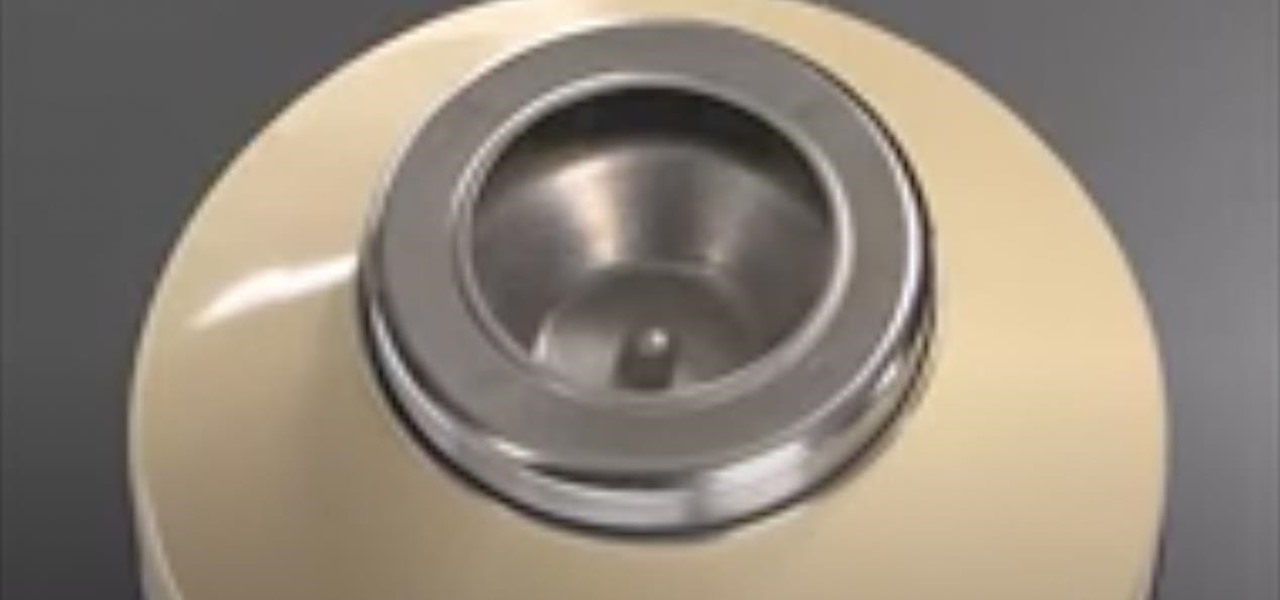


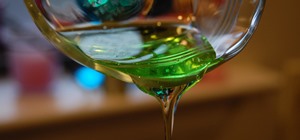
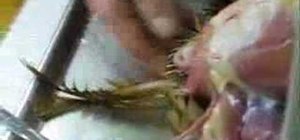
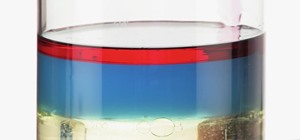
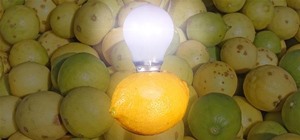
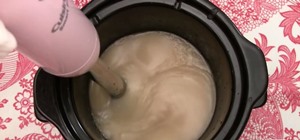
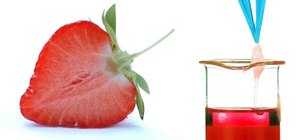
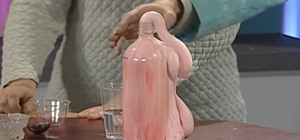
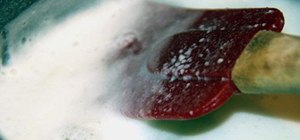
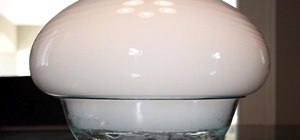
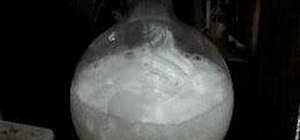
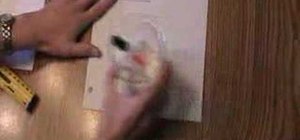
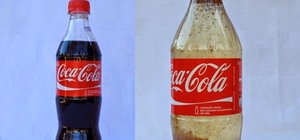
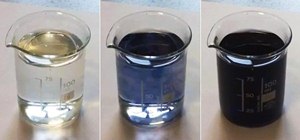
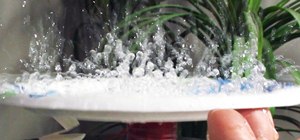

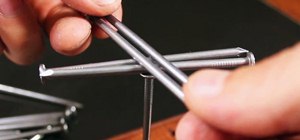

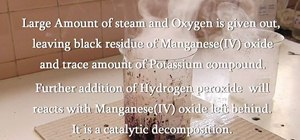
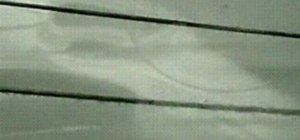
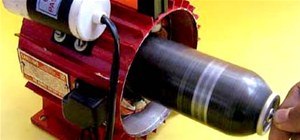

Be the First to Comment
Share Your Thoughts